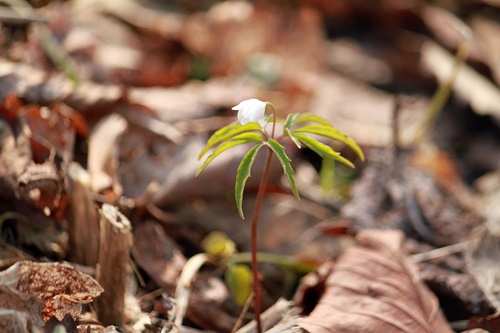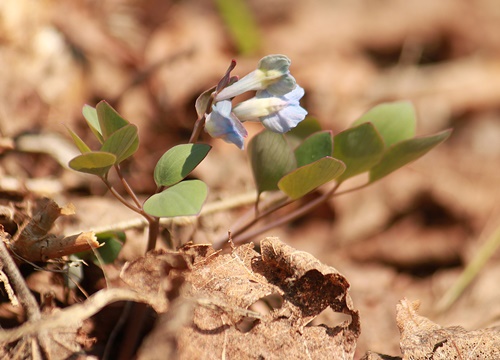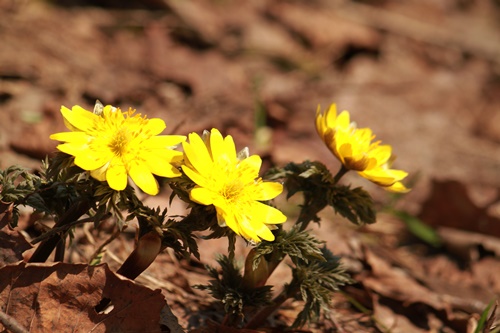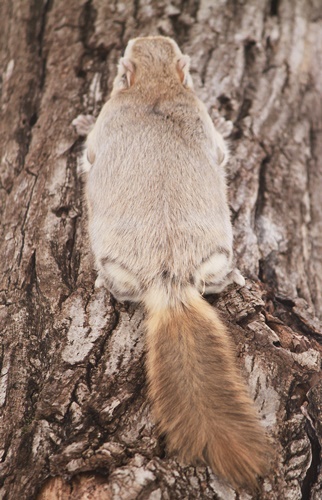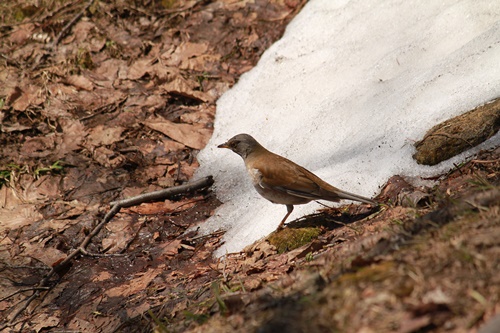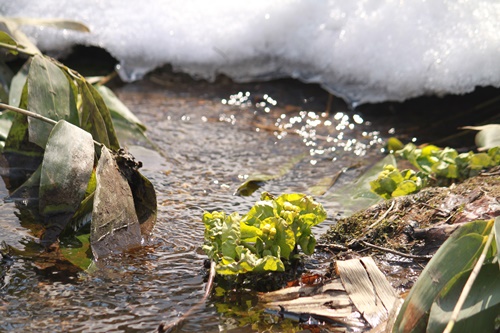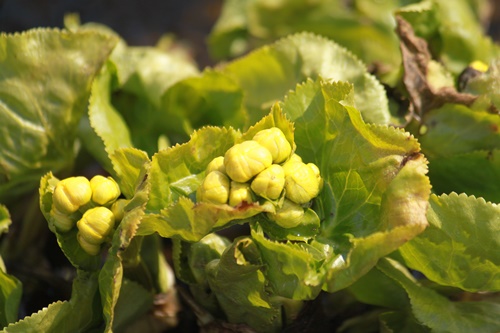The Anemone debilis (himeichige in Japanese) have bloomed in Kamikawa Park (Kamikawa Town).
They are blooming about a half-month earlier than last year, when they bloomed on May 9.
Although often seen in alpine meadows, they can also be found in the lower mountains.
A member of the Ranunculaceae family, the Anemone debilis is written in kanji as 姫一花(華) (himeichige). The 姫 (hime; lit. princess) expresses a “gentle” or “endearing” sense, while 一花 (ichige; lit. one flower) means, as its name suggests, “bearing just one flower.”
It is the slenderest and most delicate of all the springtime flowers. Very soon, Anemone debilis will form flowering landscapes resembling white carpeting.
Photo: A Anemone debilis in Kamikawa Town Apr. 26
They are blooming about a half-month earlier than last year, when they bloomed on May 9.
Although often seen in alpine meadows, they can also be found in the lower mountains.
A member of the Ranunculaceae family, the Anemone debilis is written in kanji as 姫一花(華) (himeichige). The 姫 (hime; lit. princess) expresses a “gentle” or “endearing” sense, while 一花 (ichige; lit. one flower) means, as its name suggests, “bearing just one flower.”
It is the slenderest and most delicate of all the springtime flowers. Very soon, Anemone debilis will form flowering landscapes resembling white carpeting.
Photo: A Anemone debilis in Kamikawa Town Apr. 26
